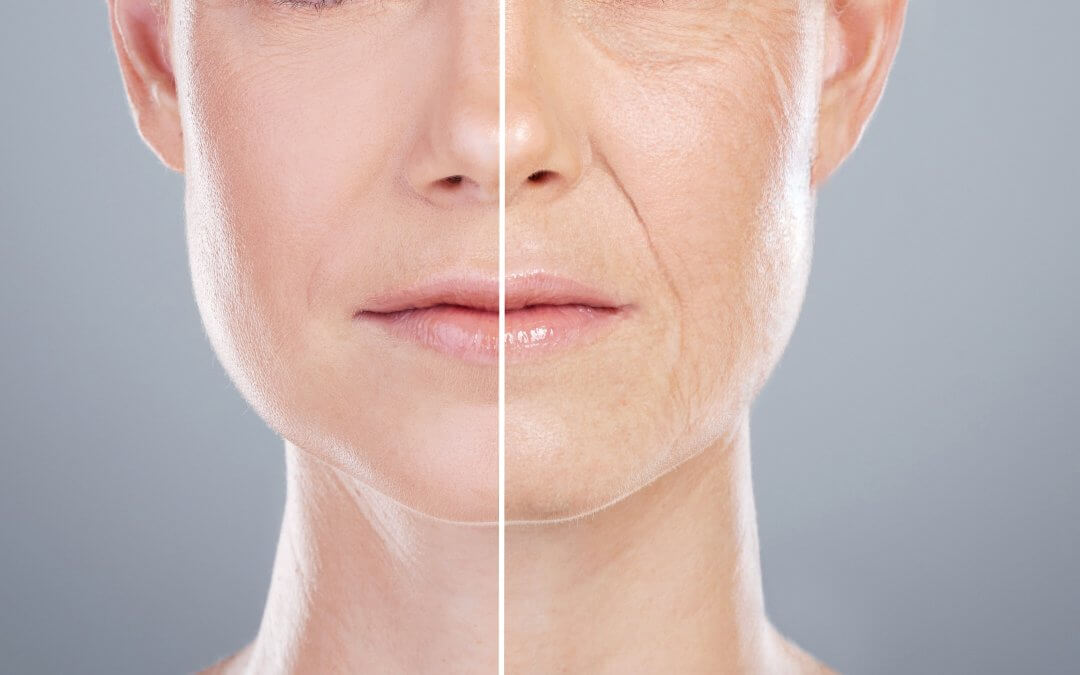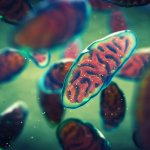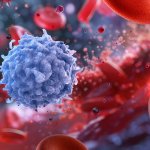New research has demonstrated the significant role stem cells play in skin and hair development, which could lead to revolutionary new anti-ageing treatments. [1]
By identifying the ways in which the body grows skin, researchers believe that their findings could lead to the use of artificial skin in treatments for burns, wounds, and age-related degeneration.
The research was conducted as part of The Human Cell Atlas project, which aims to map the genetic instructions contained in every cell in the human body to discover how they work.
New discoveries about skin formation
The study looked at the role immune cells, specifically macrophages, play in the development of skin during pregnancy.
While macrophages – which are a type of white blood cell responsible for killing pathogens – are primarily known for their importance as part of the immune system, researchers sought to identify how they contribute to skin formation in a process known as morphogenesis.
In order to do this, a so called ‘reference atlas’ of prenatal skin (that is, skin that forms between 7-17 weeks after conception) was made using advanced techniques including single cell and spatial transcriptomics – a study of RNA molecules within both one and a population of cells – to detail how elements both within and between skin cells interact.
Their findings showed that interactions between immune cells like macrophages and non-immune cells were crucial for key processes in morphogenesis, including hair follicle development, scarless wound healing, and the formation of blood vessels in the skin. [2]
The important role of stem cells in determining skin formation
Researchers were able to verify their findings about the significant role played by immune cells in skin morphogenesis by comparing pre-natal and adult skin with a lab-grown skin model derived from stem cells.
The model, known as an organoid, successfully mimicked many aspects of skin and hair follicle development found in prenatal and adult skin.
However, it was only when researchers added macrophages that they found the model created blood vessel networks, confirming that immune cells play a more significant role in the development of skin than previously thought.
This stem-cell derived model of human skin is thought to have a vast array of possible therapeutic applications extending from use in identifying the development of conditions affecting skin and hair to providing a more accurate test material for future skin and hair treatments. [3]
Mesenchymal stem cells – key players in hair and skin formation
Another area researchers looked at during the study was the formation of hair follicles during prenatal development.
In earlier studies with mice, researchers identified special cells called pre-Dc cells that eventually become part of the hair follicle structure (called the dermal condensate, or Dc). [4]
Researchers identified similar cells in human prenatal skin and tracked how they developed into the Dc and another structure called the dermal papilla (Dp), which is important for hair growth.
Using various advanced methods, researchers were able to map out the development of these cells over time and predict their paths.
They found that certain early skin cells (fibroblasts) go down one of two routes: some become specialised for hair follicle formation, while others develop into more general skin cells.
As the hair-specific cells move toward the outer layer of the skin, they turn on genes that help them stick together and form the structures needed for hair growth.
The study also looked at how mesenchymal cells interact with skin’s outer (epithelial) cells during hair follicle formation.
They identified important signalling molecules, such as CXCL12, that help guide cell migration and organisation. Interestingly, immune cells were also predicted to assist with these processes. [5]
Discovering the genetic origins of skin and hair conditions
Having mapped how skin and hair developed in pre-natal skin, researchers turned to investigating the origins of certain skin and hair conditions.
They found that reduced hair growth (hypotrichosis) and abnormal hair shapes (like pili torti) are caused by specific genes that are active during early hair follicle development.
Similarly, they were able to identify that epidermolysis bullosa (EB) – a disorder that makes the skin fragile and prone to blistering – had its roots in the expression of the gene COL7A1 in several types of prenatal skin cells.
Researchers were again able to compare gene expression in prenatal skin with their stem cell-derived lab-grown skin models and found strong similarities, noting that while these diseases often stem from defects in skin structure, they are frequently worsened by immune system involvement. [6]
The importance of stem cells and cord blood banking
As this new research demonstrates, stem cells play a pivotal role in not only helping researchers to better understand the formation of vital organs, like skin, but also in helping to facilitate potential future therapies.
By being able to compare cells from both prenatal and adult skin with artificial lab-grown skin using stem cells, researchers were able to identify the hitherto unknown significance of immune cells in skin formation and accurately map the genetic instructions involved in growing skin.
In their paper published in Nature, The Human Cell Atlas team have achieved something remarkable: essentially providing a set of instructions for creating human skin.
Their research is being heralded as groundbreaking and for good reason. Their findings will help to contribute to the development of a range of therapies for genetic skin conditions, treatments for wounds and burns, and remedies that could help to rejuvenate skin.
While the stem cells utilised in this trial were from embryonic stem cells and induced pluripotent stem cells, the stem cells found in umbilical cord tissue have similarly huge potential in regenerative medicine.
In fact, and as we’ve shown previously, trials utilising mesenchymal stem cells – the same type as found in umbilical cord tissue – are already underway that could aid in the treatment of both hair loss and skin conditions like atopic dermatitis. [7] [8]
What’s clear is that stem cells are pivotal in both cutting edge research and the development of future regenerative therapies.
Unfortunately, the umbilical cord and placenta – both rich sources of stem cells – are routinely thrown away after birth. By saving these powerful stem cells for your baby, you could give them access to future therapies that are currently being developed using stem cell-based research as in this study.
To find out more about saving stem cells for your baby, or the baby of someone you know who’s expecting, fill out the form below to download your free Welcome Pack.
References
FIND OUT MORE, REQUEST YOUR WELCOME PACK TODAY
All you need to know to make an informed decision.
Provide your contact details to request:
– Complete Welcome Pack and Parent’s Guide
– Information via email
– Contact from our specialist advisors








